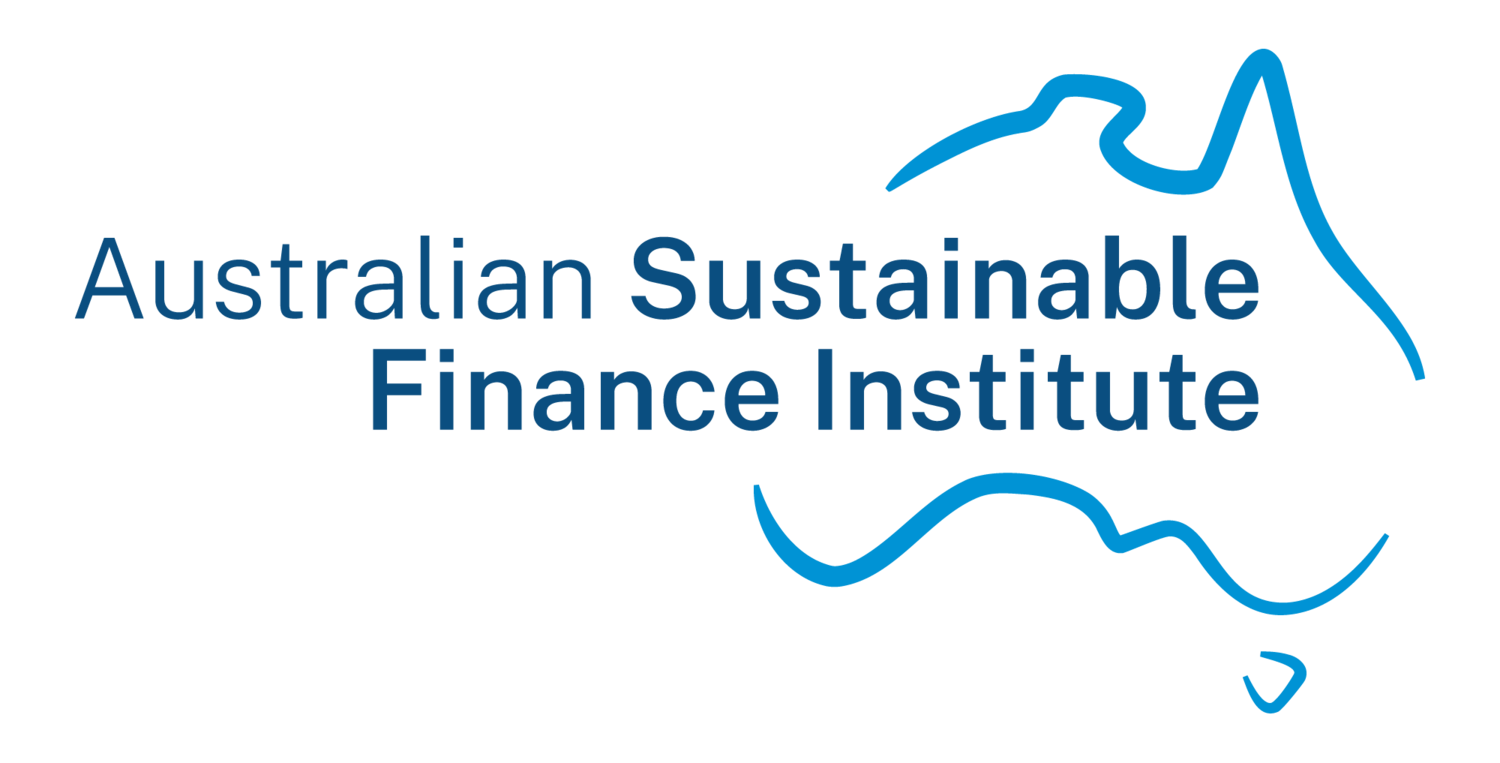Unlocking Investment Opportunities in Southeast Asia Through Blended Finance
L-R Katharine Tapley (ANZ), Kristy Graham (ASFI) and Lori Kerr (FinDev Canada)
On November 4, the Australian Sustainable Finance Institute (ASFI) and the Department of Foreign Affairs and Trade (DFAT) convened an event with FinDev Canada, Export Finance Australia (EFA), and leading Australian financing institutions. The goal? To explore how public-private partnerships can unlock investment for the climate transition in Southeast Asia.
Outlook for Southeast Asia
Southeast Asia presents significant opportunities for finance and investment in the climate transition, including in renewable energy, transport, and nature-based solutions given the region’s rich biodiversity. In markets such as Indonesia and the Philippines, early coal retirement offers potential for interesting financing structures.
But a fivefold increase on current investment is needed just to meet the announced energy and climate goals of Southeast Asian Governments (IEA, Southeast Asia Energy Outlook, 2024).
As identified in ASFI’s recent Market Assessment Report, political, regulatory and currency risks, and difficulty finding suitable transactions mean that private sector investors remain cautious – even where risk adjusted returns may be higher than comparable assets in OECD countries. For Australian investors, including super funds, lack of local presence is a significant barrier. And there is fierce competition for global capital, particularly from the US with industrial policy incentives.
For businesses, accessing sustainable finance can be equally tough due to lack of readiness of the borrower who may have significant exposure to high emitting sectors, and the lack of robust sustainability reporting and data. Fragmentation of taxonomies and lack of alignment with international standards is also a barrier.
Blended Finance: A Catalyst for Investment
Blended finance emerges as a crucial solution to overcome these challenges. By combining public and private sector strengths, blended finance improves the bankability of projects to mobilise private capital.
Key mechanisms of blended finance include:
Risk mitigation: Public finance can offer first-loss capital, regulatory risk coverage, or guarantees to make investments more appealing.
Market Leadership: Public vehicles can act as “first movers”, setting precedents that draw in private players.
Halo effect: Participation by export credit agencies or government-backed entities can build investor confidence.
Strategic Use of Blended Finance
For blended finance to succeed, careful design and execution are essential. It is important to first clearly identify the problem, and structure blended finance solutions to address that problem using appropriate instruments.
Blended finance should be a bridge to support markets to become self-sustaining. Public funders should participate in the part of the capital stack that can crowd-in private sector finance, and exit markets when they are no longer needed to avoid crowding-out commercial participants.
The Road Ahead
Success in blended finance requires specialised expertise: public finance vehicles should be resourced accordingly. Co-design processes with a core group of stakeholders can help to establish alignment and build capabilities of all parties, enabling faster deployment. It is also valuable to involve reputable institutions with established blended finance expertise from the start as a way to help attract private sector participation.
As Southeast Asia continues its transition to net zero, strategic public-private collaboration will be vital to unlocking its potential. With the right tools – including blended finance – investors can help drive progress to meet the region's climate goals.
Thank you to the DFAT, FinDev Canada, EFA and the financial institutions who joined us for this important discussion, and in particular to our host ANZ.
For more on this topic, check out ASFI’s Market Assessment Report here.
Participating organisations:
Allianz
ANZ
Australian Sustainable Finance Institute
Commonwealth Bank
Clean Energy Finance Corporation
Department of Foreign Affairs and Trade
Export Finance Australia
FinDev Canada
HSBC
IFM
MUFG
QIC
Sumitomo Mitsui Banking Corporation

